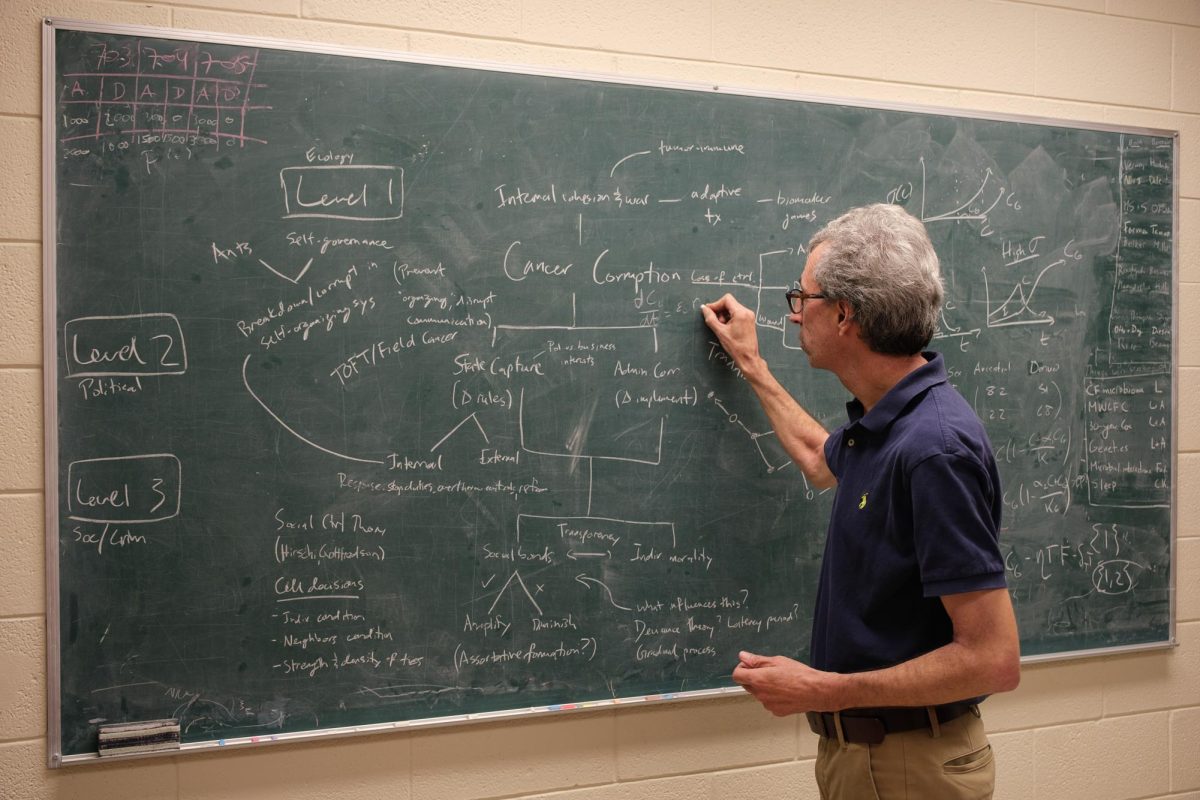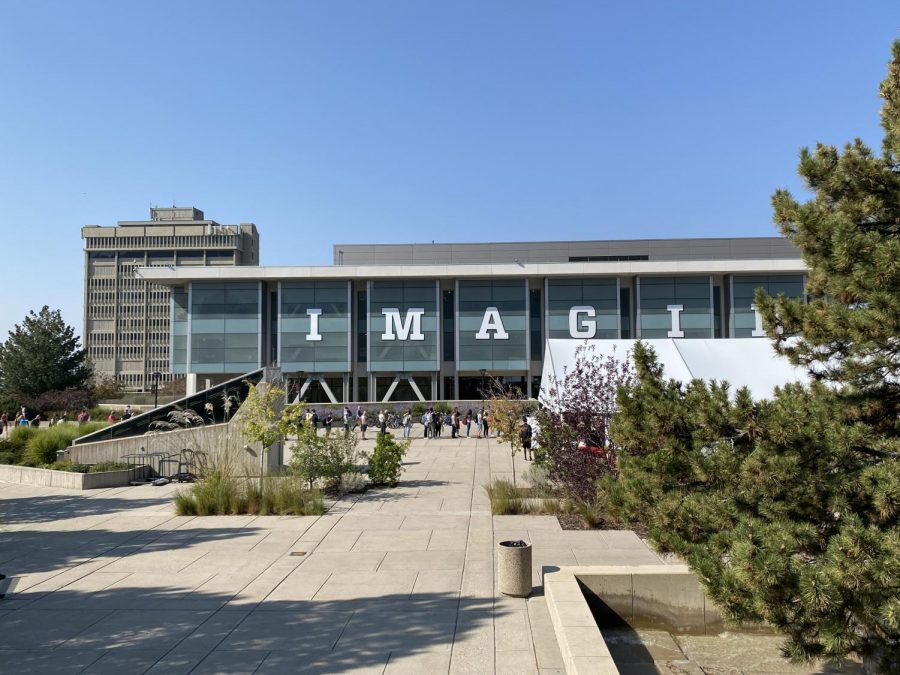University of Utah bioengineering professor Gregory Clark led a research team to create a robotic arm that attempts to bridge the gap between living humans and humans who lived a long time ago in a galaxy far, far away.
The robotic arm, named Life Under Kinetic Evolution (LUKE), is a clear nod to the Star Wars franchise.
“I think in a lot of ways that has kind of been our goal,” said Jacob George, a bioengineering doctoral student at the U. “Our goal is not to build the Luke Skywalker arm, but our goal has always kind of been to interface these advanced prosthetics with a human so that the human can control it as if, you know, they are Luke Skywalker in the sense that they are now connected to the arm and it’s, in a lot of ways, a complete replacement of the hand.”
The formal project, funded by the United State’s Armed Force’s Defense Advanced Research Projects Agency, began in 2015, but it can be traced back to 2005.
“This is all science is, a project that is built by standing on the shoulders of giants,” Clark said.
Engaged in this project are a number of specialists from a wide variety of backgrounds, including surgeons, doctors in physical medicine and rehabilitation, electrical engineers and people who collect data directly from patients.
“This is a very multiple-disciplinary project,” Clark said. “There are parts of this project that the University of Utah is not directly responsible for, and we wouldn’t want to misrepresent that.”
The arm itself was named and is being supplied by the team’s collaborative partner, DEKA. Other partners, such as local neurotechnology companies like Black Rock and Ripple, help supply devices.
After placing four implants into a patient, sensors record signals from the brain that are then translated into movement — movement the patient can feel. Many muscles used to control hand movements are located in the forearm. Even when the hand is gone, those nerves are present and when stimulated, can manufacture the sensation of touch just as a hand of flesh and bone would.
“So all this information is coming down just as it would in an intact body, but there’s just no hand to move. If we could capture all of that information and if we could translate it or quote decode it, then all we have to do is make the hand move according to what the person intended and likewise going back the other way,” Clark said. “Even though there are no sensors in the hand anymore because there’s no hand, all the biological wires that used to come from those sensors still are plugged into the brain. So if we send information back up those wires, the brain will experience it just as if it were coming from the hand. It’s not like a metaphor that the person feels, it’s a reality.”
There are currently wires that connect the sensors to the robotic arm, but researchers hope to eliminate them. Moving toward wireless devices would solve challenges of infection and wire breakage. Wireless brainwave recording devices have already been tested in animals, next is a wireless device that stimulates nerves.
Clark said that once the team tests wireless stimulation devices in animals, it will move to gain government approval to implement the component in human-robotic arms.
With more work to be done and a budget of around $5 million for the next five years, the team will continue to research and test.
“We’re really excited because we are now doing this in humans,” Clark said. “It’s truly [special] to see how people react when they’re able to get back their hand after having lost it for so long.”
@kenzomcd















